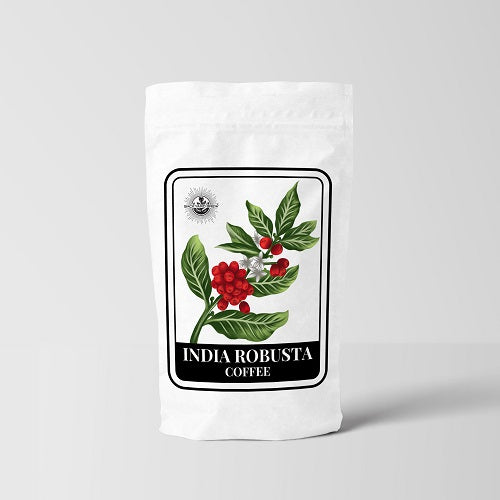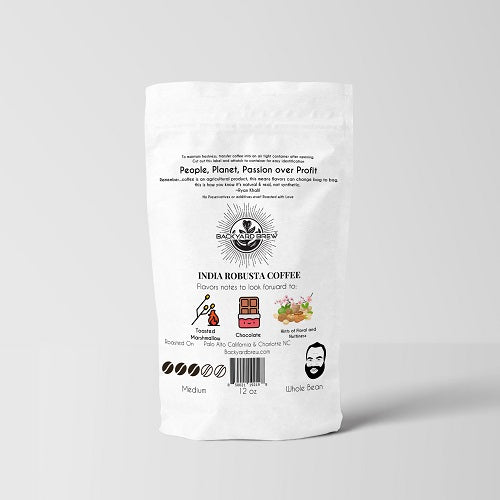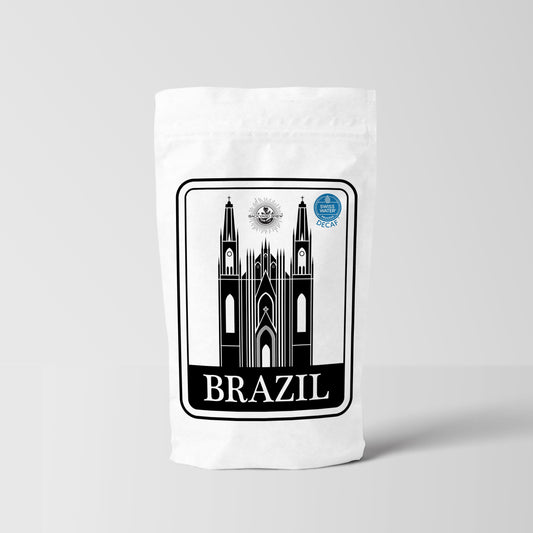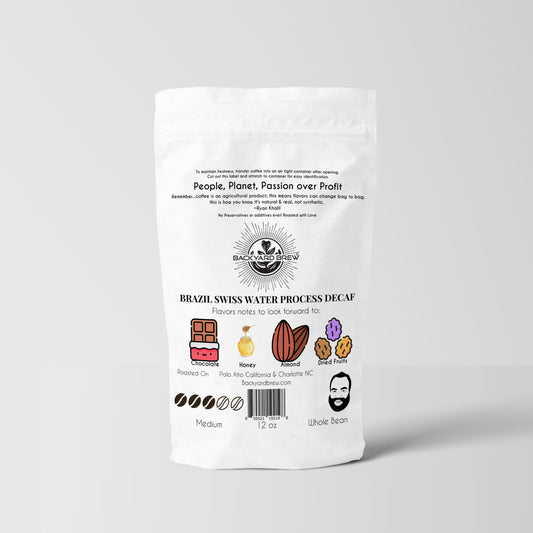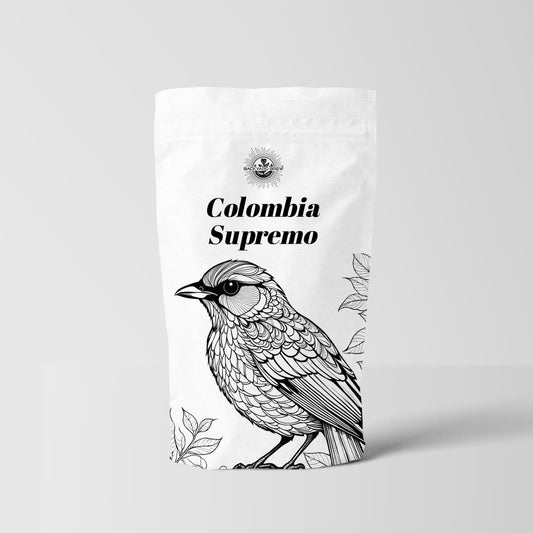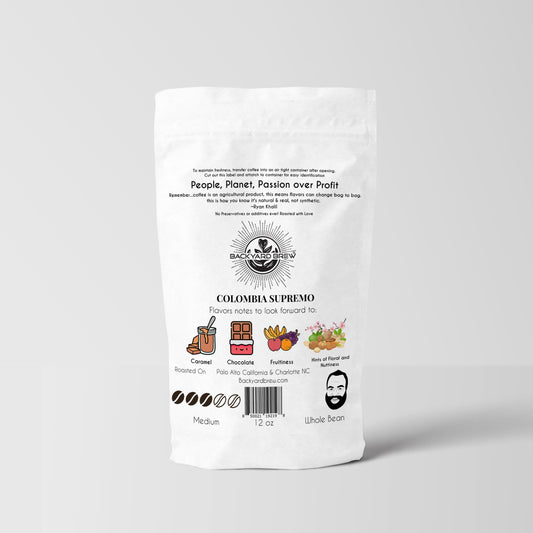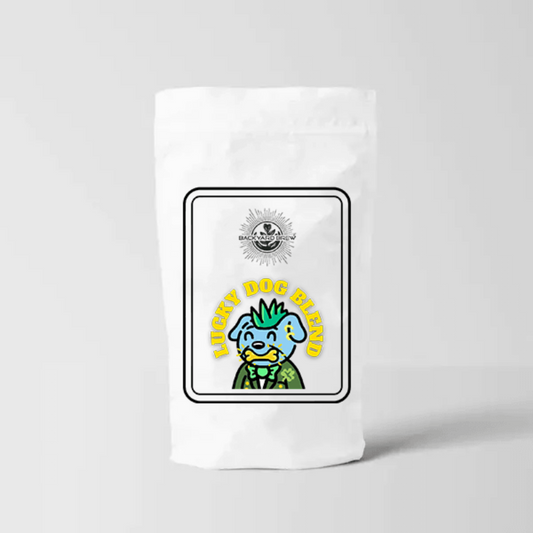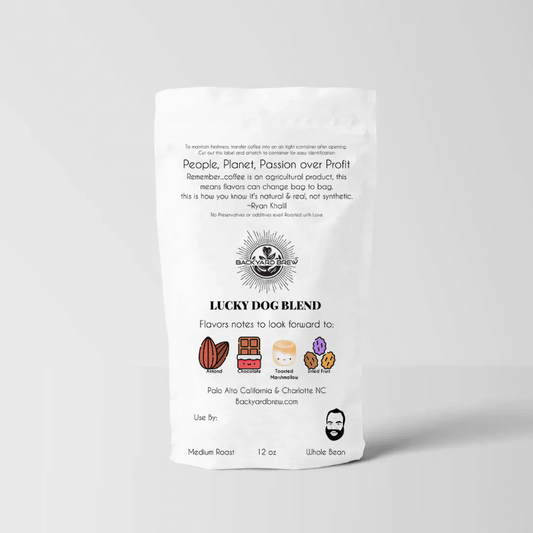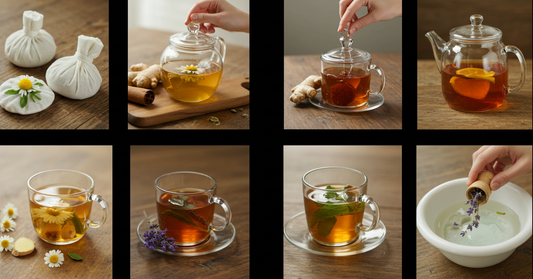Coffee Buying Guide: Choosing the Best Coffee Beans
Related Product
Subscribe
Table of Contents
Coffee is more than just a drink; it’s a ritual, a comfort, and for many, a daily necessity. Whether you’re a casual drinker or a coffee connoisseur, knowing how to choose the right coffee beans can elevate your coffee experience. Therefore, in this comprehensive coffee buying guide, we’ll explore how to select coffee beans, the best options for espresso, and the ideal beans for cold brew. Let’s dive in! Read this blog till the end. Here we begin…
How to Choose Coffee Beans
Choosing the right coffee beans can be overwhelming. After all, there are so many options available. So, here are some key factors to consider when making your selection.
1. Understand Coffee Bean Types
Coffee beans come in various types, each with its unique flavor profile and characteristics. The two most common types are:
-
Arabica: Known for its smooth, mild flavor and aromatic qualities, Arabica beans are often considered the superior choice. They thrive in higher altitudes and are more susceptible to pests. Thus, making them a bit pricier.
-
Robusta: These beans have a stronger, more bitter flavor and contain more caffeine than Arabica. They are hardier and can grow in lower altitudes. Thus, making them less expensive.
2. Explore Coffee Bean Origins
The origin of coffee beans plays a significant role in their flavor. Different regions produce beans with distinct taste profiles. Here are a few popular coffee bean origins:
-
Ethiopia: Known as the birthplace of coffee, Ethiopian beans often have fruity and floral notes.
-
Colombia: Colombian coffee is well-balanced with a mild flavor and a hint of nuttiness.
-
Brazil: Brazilian beans are typically sweet and chocolatey. Thus, making them great for blends.
3. Choose Between Single-Origin and Blends
-
Single-Origin Coffee Beans: These beans come from one specific location, allowing you to experience the unique flavors of that region. They are perfect for those who want to explore the distinct characteristics of different coffee-growing areas.
-
Coffee Bean Blends: Blends combine beans from various origins to create a balanced flavor profile. They can be tailored to enhance certain flavors. Therefore, making them versatile for different brewing methods.
4. Look for Organic and Fair Trade Coffee Beans
If you’re concerned about sustainability and ethical sourcing, consider choosing Organic and Fair Trade Coffee Beans. You should know that these beans are grown without harmful pesticides and are sourced from farms that pay fair wages to workers. Moreover, by choosing these options, you’re not only getting quality coffee but also supporting ethical practices in the coffee industry.
5. Roast Level Matters
The roast level of coffee beans can significantly affect their flavor. Here are the main roast levels:
-
Light Roast: Retains the original flavors of the beans, often fruity and acidic.
-
Medium Roast: Balances acidity and body, with a more rounded flavor.
-
Dark Roast: Has a bold, rich flavor with a smoky finish, often with less acidity.
When selecting coffee beans, consider your taste preferences and the brewing method you plan to use.
|
Factor |
Details |
|---|---|
|
1. Coffee Bean Types |
- Arabica: Smooth, mild flavor; aromatic; thrives in high altitudes; pricier due to susceptibility to pests. |
|
- Robusta: Stronger, bitter flavor; higher caffeine content; hardier; grows in lower altitudes; less expensive. |
|
|
2. Coffee Bean Origins |
- Ethiopia: Fruity and floral notes; known as the birthplace of coffee. |
|
- Colombia: Well-balanced, mild flavor with a hint of nuttiness. |
|
|
- Brazil: Sweet and chocolatey; great for blends. |
|
|
3. Single-Origin vs. Blends |
- Single-Origin: Beans from one location; unique flavors; ideal for exploring distinct characteristics. |
|
- Coffee Bean Blends: Combine beans from various origins; balanced flavor profile; versatile for different brewing methods. |
|
|
4. Organic and Fair Trade Beans |
Grown without harmful pesticides: sourced from farms that pay fair wages; supports ethical practices in the coffee industry. |
|
5. Roast Level |
- Light Roast: Retains original flavors; often fruity and acidic. |
|
- Medium Roast: Balances acidity and body; more rounded flavor. |
|
|
- Dark Roast: Bold, rich flavor; smoky finish; often less acidic. |
Best Coffee Beans for Espresso
Espresso is a concentrated coffee brewed by forcing hot water through finely-ground coffee beans. The right beans can make all the difference in achieving that perfect shot of espresso. Here are some of the best coffee beans for espresso:
1. Look for Dark Roasts
Dark roasts are typically preferred for espresso due to their bold flavors and lower acidity. They create a rich crema and a full-bodied taste. Some popular dark roast options include:
-
Italian Roast: Known for its deep, smoky flavor, Italian roast is a classic choice for espresso.
-
French Roast: This roast has a strong, robust flavor with a hint of bitterness, making it ideal for espresso drinks.
2. Consider Coffee Bean Blends
Many coffee roasters create specific blends designed for espresso. These blends often combine different bean types and origins to achieve a balanced flavor. You should look for blends that highlight chocolatey, nutty, or caramel notes, as these flavors complement the espresso experience.
3. Try Single-Origin Espresso Beans
While blends are popular, some coffee enthusiasts prefer single-origin beans for their unique flavors. For example, Ethiopian or Colombian beans can provide a distinct taste that sets your espresso apart. Moreover, you should know that experimenting with different single-origin beans can lead to exciting discoveries in flavor.
4. Freshness is Key
When choosing coffee beans for espresso, freshness is crucial. Look for beans that have been roasted recently, ideally within the last two weeks. Stale beans can lead to a flat-tasting espresso, so always check the roast date before purchasing.
Best Coffee Beans for Cold Brew
Cold brew coffee is a delightful way to enjoy coffee, especially during warmer months. The brewing method extracts flavors differently than traditional hot brewing, so selecting the right beans is essential. Here are some tips for choosing the best coffee beans for cold brew:
1. Opt for Coarse Grind
When making cold brew, the grind size of your coffee beans is crucial. A coarse grind helps prevent over-extraction, which can lead to bitterness. Look for coffee beans that are labeled as suitable for cold brew or those that you can grind coarsely at home.
2. Choose Smooth, Low-Acidity Beans
For cold brew, you’ll want beans that produce a smooth, mellow flavor. Low-acidity beans are ideal, as they create a sweeter and less bitter cup. Here are some great options:
-
Brazilian Coffee Beans: Known for their chocolatey and nutty flavors, Brazilian beans are often low in acidity, making them perfect for cold brew.
-
Sumatra Coffee Beans: These beans are full-bodied with earthy notes and low acidity, providing a rich flavor that works well in cold brew.
3. Experiment with Different Origins
Just like with espresso, the origin of your coffee beans can significantly impact the flavor of your cold brew. Here are a few origins to consider:
-
Ethiopian Beans: If you prefer fruity and floral notes, Ethiopian beans can add a unique twist to your cold brew.
-
Colombian Beans: For a balanced flavor with a hint of nuttiness, Colombian beans are a great choice.
4. Consider Blends for Complexity
Coffee bean blends can also work well for cold brew. A well-crafted blend can provide a complex flavor profile that enhances your cold brew experience. Look for blends that combine beans from different origins to create a harmonious taste.
5. Freshness is Important
Just like with espresso, freshness matters when it comes to cold brew. Purchase beans that have been roasted recently, and store them in an airtight container to maintain their freshness. Ground coffee should be used within a week for the best flavor.
|
Coffee Type |
Key Factors |
Details |
|---|---|---|
|
Best Coffee Beans for Espresso |
1. Dark Roasts |
- Italian Roast: Deep, smoky flavor; classic choice for espresso. |
|
- French Roast: Strong, robust flavor with a hint of bitterness; ideal for espresso drinks. |
||
|
2. Coffee Bean Blends |
- Specific blends designed for espresso; combine different bean types for balanced flavor. |
|
|
- Look for blends with chocolatey, nutty, or caramel notes. |
||
|
3. Single-Origin Espresso Beans |
- Unique flavors from specific regions; Ethiopian or Colombian beans can provide distinct tastes. |
|
|
- Experimenting with single-origin beans can lead to exciting flavor discoveries. |
||
|
4. Freshness is Key |
- Choose beans roasted within the last two weeks for optimal flavor; stale beans can taste flat. |
|
|
Best Coffee Beans for Cold Brew |
1. Coarse Grind |
- Use coarsely ground beans to prevent over-extraction and bitterness. |
|
2. Smooth, Low-Acidity Beans |
- Brazilian Beans: Chocolatey and nutty flavors; low acidity, perfect for cold brew. |
|
|
- Sumatra Beans: Full-bodied with earthy notes; low acidity for a rich flavor. |
||
|
3. Experiment with Different Origins |
- Ethiopian Beans: Fruity and floral notes for a unique twist. |
|
|
- Colombian Beans: Balanced flavor with a hint of nuttiness. |
||
|
4. Consider Blends for Complexity |
- Well-crafted blends can enhance cold brew; look for combinations from different origins. |
|
|
5. Freshness is Important |
- Purchase recently roasted beans; store in an airtight container; use ground coffee within a week. |
Brewing Tips for the Perfect Cup
Now that you know how to choose the right coffee beans, let’s discuss some brewing tips to help you make the perfect cup of coffee, whether it’s espresso or cold brew.
1. Use the Right Water Temperature
For espresso, the ideal water temperature is between 190°F and 205°F (88°C to 96°C). This range helps extract the flavors without burning the coffee. For cold brew, use cold or room temperature water, as hot water can lead to over-extraction.
2. Pay Attention to Brew Time
-
Espresso: A typical espresso shot takes about 25-30 seconds to brew. Adjust your grind size and tamping pressure if your shots are pulling too quickly or too slowly.
-
Cold Brew: Steep your coffee grounds in cold water for 12-24 hours, depending on your taste preference. The longer you steep, the stronger the flavor.
3. Experiment with Ratios
Finding the right coffee-to-water ratio is essential for achieving your desired strength. A common ratio for espresso is 1:2 (1 part coffee to 2 parts water), while for cold brew, a ratio of 1:4 or 1:5 is often recommended. Adjust these ratios based on your taste preferences.
4. Store Your Coffee Properly
To maintain the freshness of your coffee beans, store them in a cool, dark place in an airtight container. Avoid keeping them in the fridge or freezer, as moisture can affect the flavor.
5. Enjoy the Process
Brewing coffee is an art, and part of the joy comes from experimenting with different beans, brewing methods, and flavors. Don’t be afraid to try new things and discover what you love!
|
Brewing Method |
Steps |
Details |
|---|---|---|
|
Espresso |
1. Gather Equipment |
Espresso machine, grinder, tamper, and fresh coffee beans. |
|
2. Measure Coffee Beans |
Use about 18-20 grams of coffee for a double shot. |
|
|
3. Grind Coffee |
Grind beans to a fine consistency, similar to table salt. |
|
|
4. Tamp the Coffee |
Evenly press the ground coffee into the portafilter using a tamper. |
|
|
5. Preheat the Machine |
Turn on the espresso machine and let it heat up for about 15-20 minutes. |
|
|
6. Brew the Espresso |
Lock the portafilter in place and start the brew. Aim for 25-30 seconds. |
|
|
7. Enjoy |
Serve immediately for the best flavor. |
|
|
Cold Brew |
1. Gather Equipment |
Large jar or pitcher, coarse grinder, and fresh coffee beans. |
|
2. Measure Coffee Beans |
Use a ratio of 1:4 or 1:5 coffee to water (e.g., 1 cup coffee to 4 cups water). |
|
|
3. Grind Coffee |
Coarsely grind the beans to prevent over-extraction. |
|
|
4. Combine Coffee and Water |
Mix the ground coffee with cold or room temperature water in a jar. |
|
|
5. Steep |
Let the mixture steep for 12-24 hours in the fridge or at room temperature. |
|
|
6. Strain |
Use a fine mesh strainer or coffee filter to separate the grounds from the liquid. |
|
|
7. Serve |
Dilute with water or milk if desired, and enjoy over ice! |
Conclusion
Choosing the right coffee beans can transform your coffee experience, whether you’re brewing a rich espresso or a refreshing cold brew. By understanding the different coffee bean types, exploring coffee bean origins, and considering factors like roast level and freshness, you can find the perfect beans for your taste.
Remember to look for Organic and Fair Trade Coffee Beans to support ethical practices in the coffee industry. Whether you prefer Single-Origin Coffee Beans for their unique flavors or Coffee Bean Blends for their complexity, there’s a world of coffee waiting for you to explore. With this coffee buying guide, you’re now equipped to make informed choices when selecting your coffee beans. So go ahead, experiment, and enjoy the delightful journey of discovering your perfect cup of coffee! Happy brewing!

